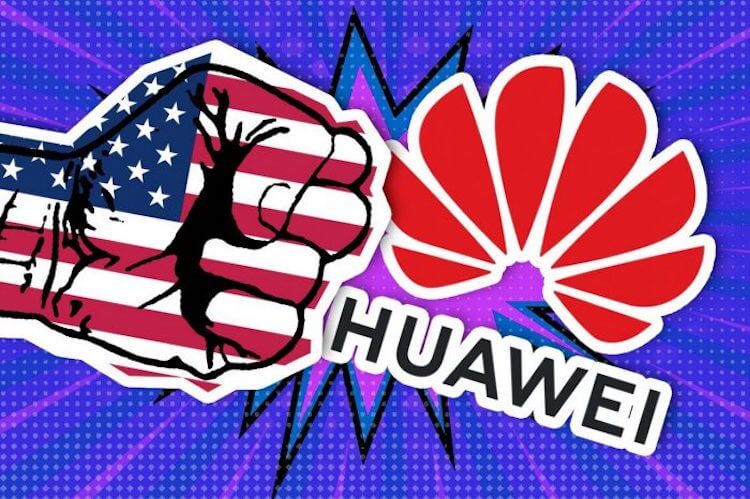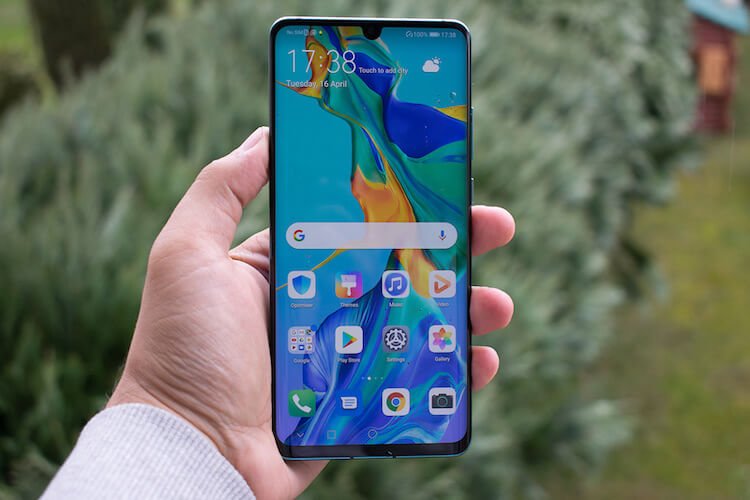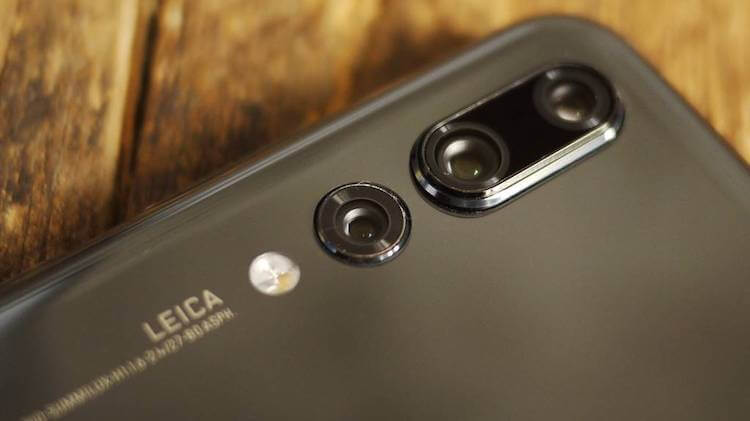Earlier this year, the US government initiated a series of additional sanctions against Huawei aimed at its capabilities as a smartphone manufacturer. The purpose of the sanctions was to complicate the company's life in terms of the production of components and, as a result, smartphones in general. Some of the new sanctions took effect on September 15, 2020. Some of them can be potentially dangerous for the company, but at the same time it has some chances to neutralize this danger. Let's see what measures are designed to harm the company from today, and what it should do at all. After all, as they say, there is always a way out. Or not?

The sanctions hit Huawei very hard.
Sanctions against Huawei
The White House imposed tougher restrictions on Huawei in May 2020, forcing foreign chipmakers making chips using US hardware to stop manufacturing and shipping to Huawei.
At the same time, a slight relaxation was given, according to which it was possible to complete the fulfillment of obligations under previously concluded contracts by September 14 and by that time completely stop working with the Chinese company.
Taiwanese chip maker TSMC is one of these affected companies, and since yesterday, this company has been banned from manufacturing and shipping chipsets for Huawei. The chipmaker reportedly stopped accepting new orders shortly after the restrictions were first announced in May. However, TSMC itself was interested in releasing as many chips for Huawei as possible and making more money from it. Rumor has it that the production was carried out even to the detriment of other orders, and the workers worked overtime.
As a result, at least one of the upcoming Mate 40 series phones will indeed be powered by the new flagship Kirin processor. However, the accumulated stock is not enough even for this model, so don't expect the P50 series to offer a new version of Kirin.

The smartphone won't work without this baby.
Another big blow to Huawei may have come from the Chinese chip maker SMIC. The company recently began mass production of the budget Kirin 710A processor in a 14nm process for Huawei, but SMIC was also reportedly forced to comply with US sanctions and abandon custom-made chips Huawei. However, Reuters reports that the chipmaker has applied for a license to resume business with the Chinese giant. A similar desire can be found from Qualcomm and even Samsung, which also requested permission from the United States to continue working with Huawei.
Huawei without MediaTek
The lack of a flagship Kirin processor means that Huawei chipsets must be purchased from other companies. It is believed that the Chinese chipmakers do not yet have the know-how to produce the latest flagship processors, and in any case, they could be shackled by sanctions. One of the first companies to supply flagship chipsets for Huawei was MediaTek, but has now come under sanctions.
Despite the fact that this year Huawei was increasingly using chipsets MediaTek in its mid-range devices and even bought chips of the Dimensity 800 family, at the end of last month MediaTek confirmed that she will comply with the latest US sanctions, but will also try to request permission from the Americans for further work with Huawei.

It is unlikely that MediaTek can single-handedly save Huawei.
Companies like Microsoft, for example, have previously been licensed to do this, so the Huawei Matebook line can run on Windows. This means that some manufacturers may get the green light to work with Huawei, but this is not certain.
Smartphone Displays Huawei
Another casualty in this war against Huawei is display shipments from LG and Samsung. Both companies are reported to have decided to suspend shipments of premium displays for Huawei by today.
In addition to Samsung and LG, Huawei used displays from the Chinese company BOE. After the first two refused to cooperate, apparently, the telecommunications giant has only one partner left – BOE. However, it is believed that Huawei is testing screens from other Chinese companies such as CSOT, Tianma and Visionox. So for now, she has several alternatives, but this is only a solution to half the problem.
The display only displays information, but an additional chip is needed for its operation, which is not included in the main chipset with a processor. First of all, it provides handling of the touch of the sensor. According to a report released last week, Huawei may have trouble getting these special display chips as well as power management chips. However, DigiTimes reported last month that Huawei and SMIC have teamed up to develop some solutions.

A display is needed for any smartphone.
Smartphone memory manufacturers
Memory suppliers Samsung and SK Hynix suspended their relationship with Huawei earlier this month in line with the latest sanctions. Both firms supplied RAM for the company's smartphones and tablets.
As reported, they, like the rest of the former partners, have applied to renew their relationship with Huawei. Again, some companies managed to obtain these licenses, while others have been waiting for over a year and still have not achieved any result.
Of course, there are other companies that produce RAM for use in mobile devices, but it is not clear how they will behave and whether they will work with Huawei despite the sanctions. Here the question of the quality of the offered products also arises. Perhaps, she will not want to use some options herself Huawei, if she is not satisfied with the quality of the options offered. This should not be forgotten either.
Camera Huawei
Huawei is well known for its cool cameras, but that part of its smartphones could be under threat. Nikkei Asian Review also notes that sales of Sony image sensors for Huawei were completely stopped by September 15th.

Cameras Huawei have always been in the top lately.
Sony's image sensors used Huawei contain RYYB color filters to improve low-light performance, in contrast to the RGB filters used in the vast majority of smartphone cameras. This has been one of the main reasons the latest flagships Huawei provide excellent image quality in near total darkness.
There is no doubt that in this case there is a corresponding application for continued cooperation. It’s just unlikely that she will be approved so easily. Let's just say the odds are 50/50.
As you can see, Huawei was strangled on all fronts, but there is still a chance of salvation if other suppliers are found. The main thing is that the quality of the finished smartphones does not suffer. In general, it is interesting that the United States left for itself the opportunity to step back a little. It turns out that if they are interested in this, they will issue the appropriate permits. But in what situation will this happen?
